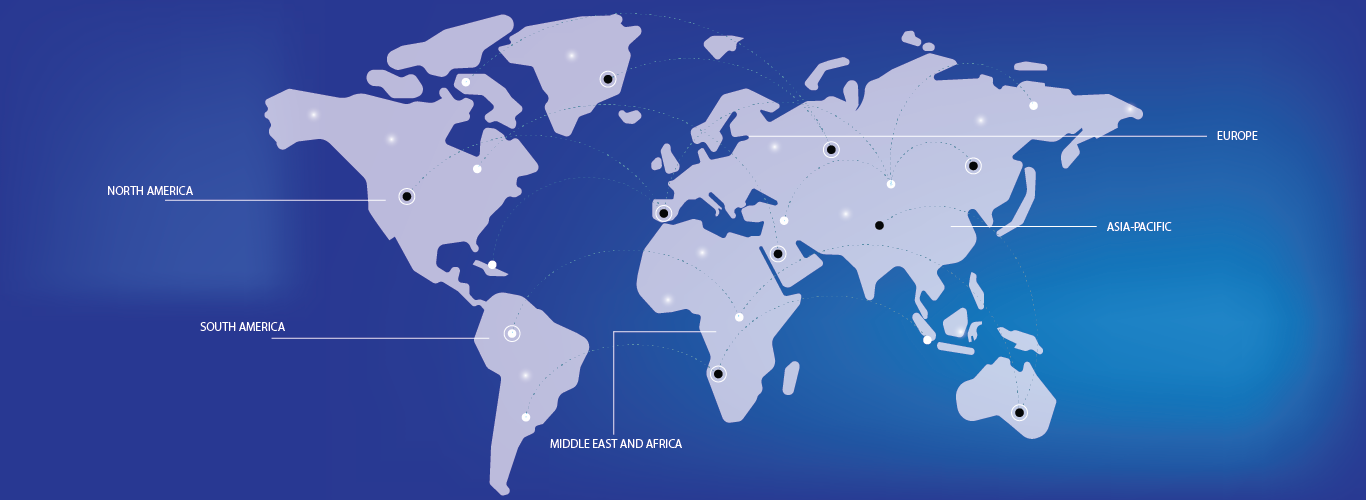물 감지 센서 시장은 물 누출, 보존 및 효율적인 모니터링 시스템에 대한 우려가 커지면서 상당한 성장을 목격하고 있습니다. 이러한 센서는 주거, 상업 및 산업용 애플리케이션에서 누출을 감지하고, 물 피해를 방지하고, 물 사용을 최적화하는 데 널리 사용됩니다. IoT 지원 스마트 센서 , 실시간 모니터링 및 자동 알림과 같은 기술적 발전이 시장 확장을 주도하고 있습니다. 물 보존에 대한 규제 강조가 커지고 스마트 인프라에 대한 수요가 증가함에 따라 채택이 더욱 촉진되고 있습니다. 최근 개발에는 예측 유지 관리를 위한 AI 기반 분석 통합 및 향상된 센서 정확도가 포함됩니다. 회사는 신뢰성을 개선하기 위해 무선 연결, 배터리 효율성 및 다중 매개변수 감지의 혁신에 중점을 두고 있습니다. 이 시장은 또한 전 세계적으로 스마트 홈 채택 증가와 엄격한 물 관리 정책의 혜택을 받고 있습니다. 산업과 가구가 효율적인 물 관리를 위해 노력함에 따라 고급 물 감지 센서에 대한 수요가 급증하여 시장이 지속적인 성장을 이룰 것으로 예상됩니다.





